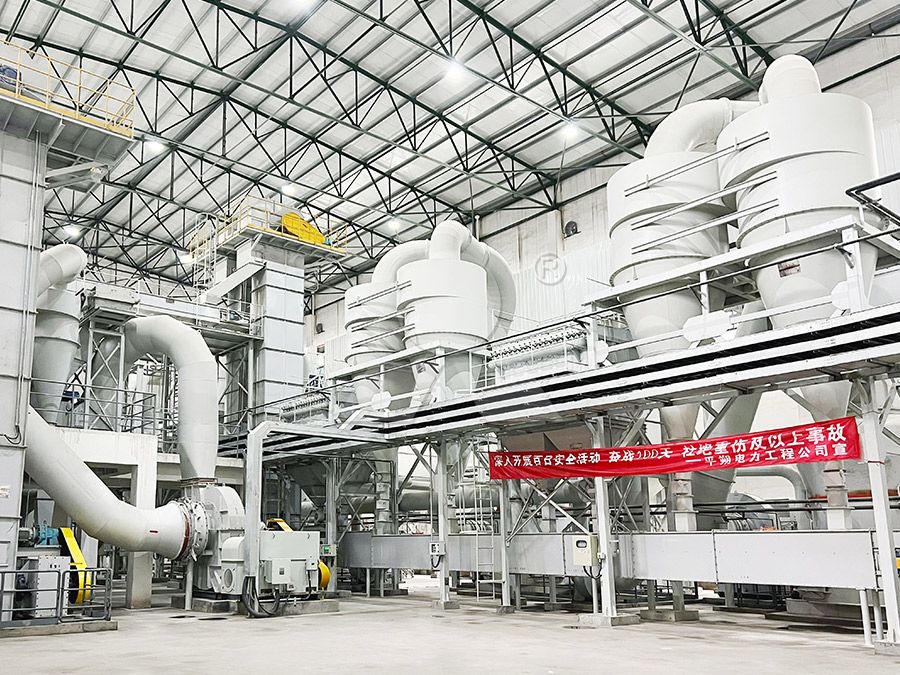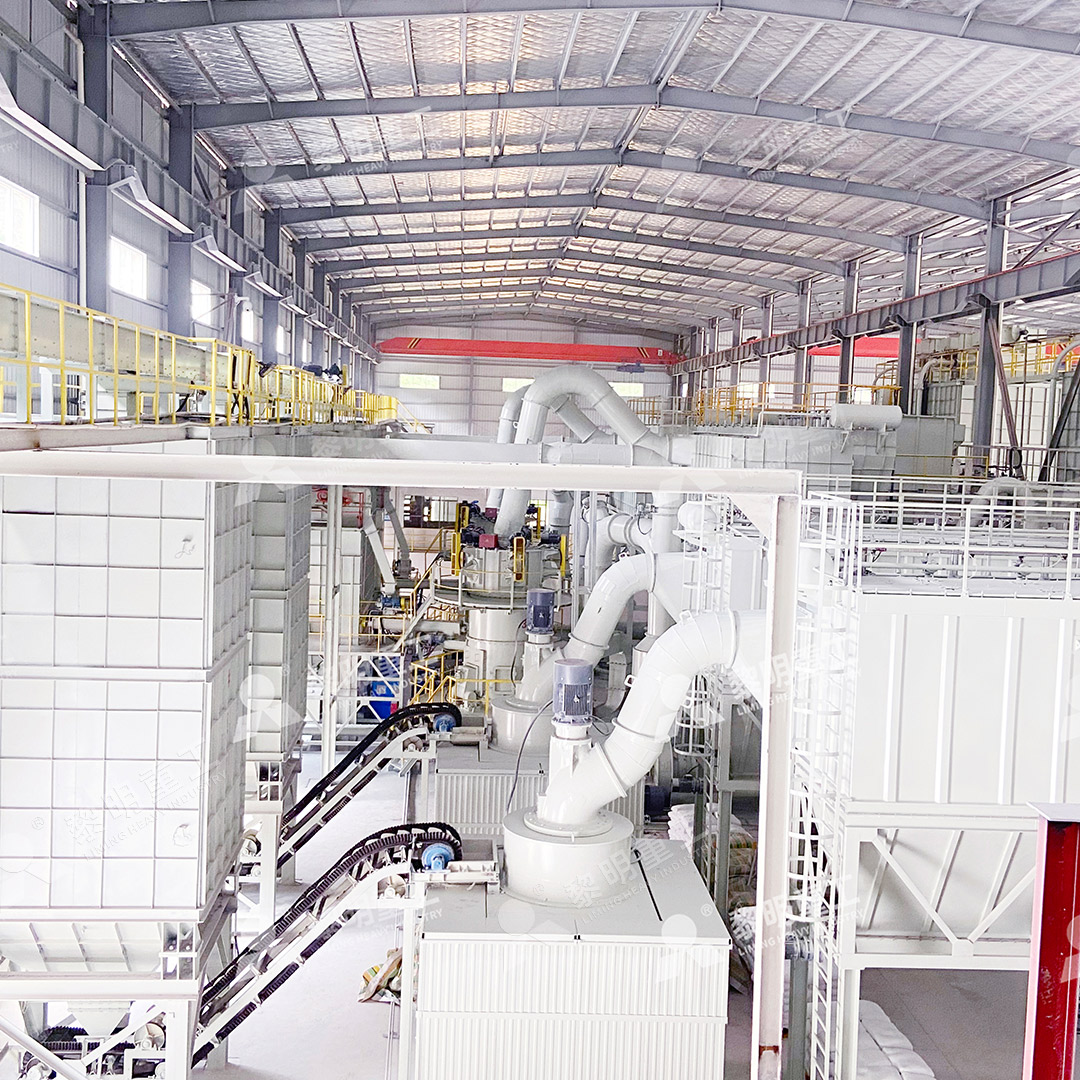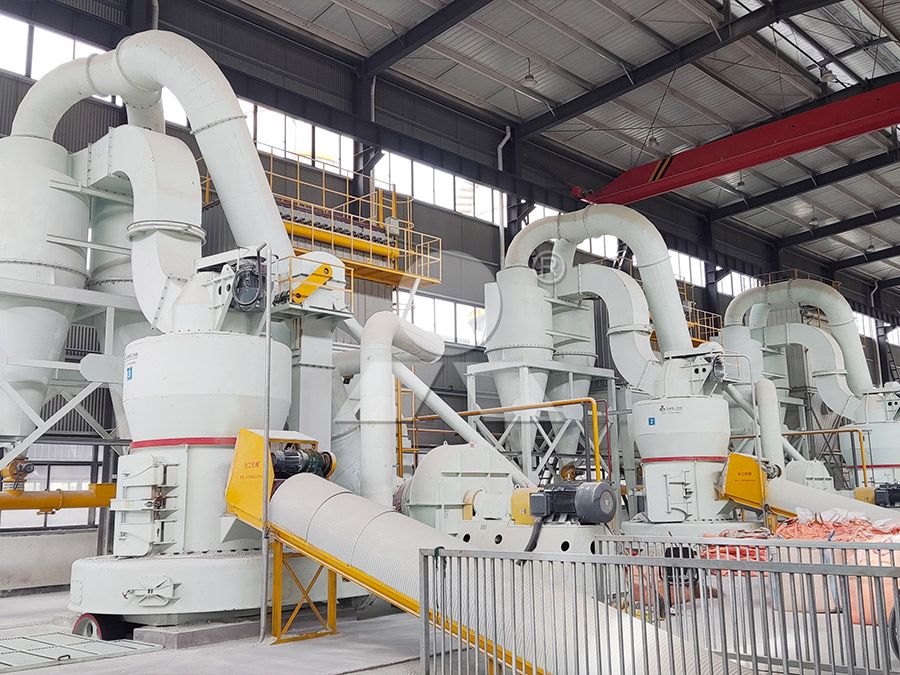What Equipment is Used for Grinding Phosphogypsum into Powder?
What Equipment is Used for Grinding Phosphogypsum into Powder?
Phosphogypsum, a byproduct of phosphate fertilizer production, presents both an environmental challenge and a valuable resource opportunity. When processed correctly, this material can be transformed into high-quality powder for construction materials, soil amendments, and various industrial applications. The key to unlocking this potential lies in selecting the right grinding equipment that can handle phosphogypsum’s unique characteristics while ensuring efficiency and environmental compliance.

The Challenges of Phosphogypsum Grinding
Processing phosphogypsum requires specialized equipment due to its specific properties. The material often contains residual moisture, can be slightly abrasive, and may have variable composition depending on its source. Traditional grinding mills may struggle with consistency, energy efficiency, or environmental controls when handling phosphogypsum. The ideal solution must address these concerns while delivering consistent particle size distribution and high production capacity.
Advanced Grinding Solutions for Phosphogypsum
Among the various options available, ultrafine grinding mills have proven particularly effective for phosphogypsum processing. These advanced systems offer precise control over particle size, efficient operation, and comprehensive environmental protections. For operations requiring ultra-fine powder production with particle sizes adjustable between 325-2500 meshes, the MW Ultrafine Grinding Mill stands out as an exceptional choice.
This sophisticated equipment handles input sizes of 0-20 mm with capacities ranging from 0.5 to 25 tons per hour, making it suitable for various production scales. The MW Mill’s innovative design eliminates rolling bearings and screws in the grinding chamber, significantly reducing maintenance concerns and potential contamination risks. Its cage-type powder selector, incorporating German technology, ensures precise separation and consistent product quality.

Environmental and Operational Advantages
Modern phosphogypsum processing demands more than just grinding capability—it requires comprehensive environmental responsibility. The integration of efficient pulse dust collectors and mufflers in advanced grinding systems ensures minimal dust emissions and noise pollution. The MW Ultrafine Grinding Mill exemplifies this approach, operating fully according to national environmental protection standards while maintaining high production efficiency.
Operators benefit from the mill’s higher yield and lower energy consumption, with production capacity reaching 40% higher than jet grinding mills and twice that of ball grinding mills, while system energy consumption is only 30% of jet grinding mills. This combination of performance and efficiency makes advanced grinding technology particularly valuable for phosphogypsum processors facing competitive markets and stringent environmental regulations.
Alternative Solutions for Specific Requirements
For operations with different capacity needs or space constraints, the LUM Ultrafine Vertical Grinding Mill presents another excellent option. With an input size of 0-10 mm and capacity of 5-18 tph, this vertical grinding solution incorporates the latest grinding roller technology and German powder separating technology. Its unique roller shell and lining plate grinding curve design generates material layers more easily, achieving high rates of finished products through single-pass powder milling.
The LUM Mill’s double position-limiting technology ensures stable operation, while its reversible structure simplifies maintenance procedures. Like the MW Mill, it features digitalized processing for higher precision and comes with comprehensive technical support and original spare parts availability.

Making the Right Equipment Choice
Selecting the appropriate grinding equipment for phosphogypsum depends on multiple factors including desired fineness, production capacity, available space, and environmental considerations. Both the MW and LUM series represent the cutting edge of grinding technology, offering distinct advantages for different operational scenarios. Their energy-efficient designs, environmental protections, and reliable performance make them ideal choices for transforming phosphogypsum from waste material into valuable powder products.
Frequently Asked Questions
What particle size range can be achieved when grinding phosphogypsum?
The MW Ultrafine Grinding Mill can produce phosphogypsum powder with fineness adjustable between 325-2500 meshes, with screening rates achieving d97≤5μm in a single pass.
How does the equipment handle environmental concerns like dust?
Advanced grinding mills incorporate efficient pulse dust collectors that prevent dust pollution during operation. Silencers and noise elimination rooms further reduce environmental impact, ensuring compliance with national environmental standards.
What maintenance advantages do modern grinding mills offer?
The MW Mill features no rolling bearings or screws in the grinding chamber, eliminating concerns about bearing damage or loose screws causing machine failure. External lubrication allows maintenance without shutdown, supporting continuous 24-hour operation.
How does energy consumption compare to traditional grinding methods?
Modern ultrafine grinding mills reduce energy consumption significantly—the MW Mill uses only 30% of the energy required by jet grinding mills while delivering 40% higher production capacity.
What technical support is available for grinding equipment?
Comprehensive technical services and original spare parts are provided to ensure worry-free operation, with businesses covering both production and sales to take full responsibility for equipment performance.
